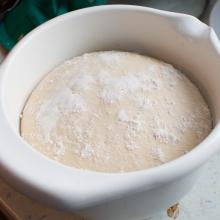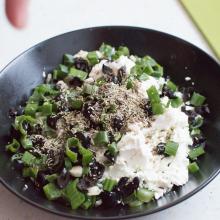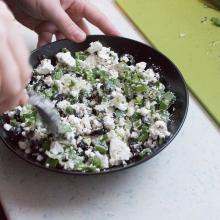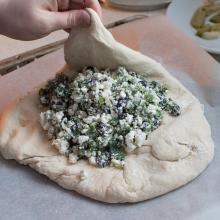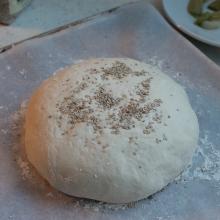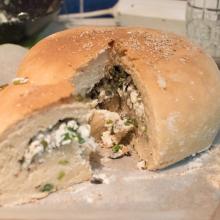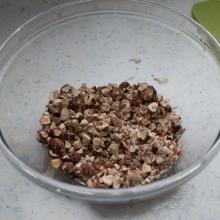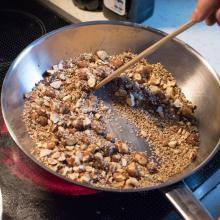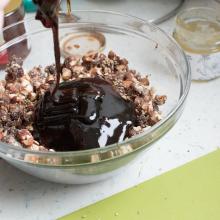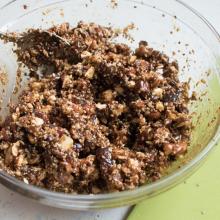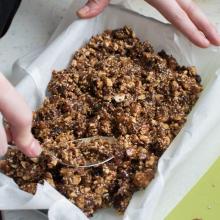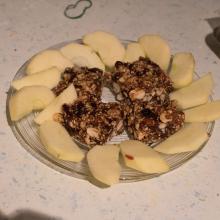The new year has come and I am slowly waking up from my Living-History hiatus. This year I aim to achieve a number of cool things in my hobby, one of which is to try out more Hellenistic food on our events. For that I started researching the Hellenistic cuisine a bit.
Unfortunately there are very few books dealing solely with ancient Greek or Hellenistic cuisine. Most authors are just focus on the Roman cuisine, which has much better sources. While the Romans have complete recipe-collections, surviving recipes of Hellenistic dishes are very scarce. So the only thing left to do is to experiment with the available ingredients, to recreate some of the ancient dishes. The problem with that approach is that you can't really say if you came close to the original or not, but I think that you can at least come close to the ancient sensation of taste, when you take the Roman cuisine as a starting point. And that is undoubtedly already better than simply using modern food.
For our research we used mainly, but not exclusively, the following two books:
- Food in the Ancient World from A to Z by Andrew Dalby, Routledge
- Food and Drink in Antiquity: A Sourcebook by John F. Donahue, Bloomsbury Academic
Nastos
Surely one of the most important staples of the Hellenistic diet was bread, which existed in many different kinds. A special kind, which Aristophanes calls Nastos, is a loaf of bread with a filling. Unfortunately the source does not tell us what the filling is made of. We wanted to give the Nastos bread a try, so we started with a simple wheat yeast dough. To recreate the filling, we simple threw together a bunch of ingredients, which were available to the Hellenistic cook. Our filling contained onions, sheep-cheese, olives, caraway*, rosemary, and thai fish-sauce, which we used as a substitute for the ancient Garos, which was called Garum by the Romans. Finally we sprinkled a few Sesame seeds on the loaf before baking it.
* While writing this article I noticed that caraway probably would not have been available to the ancient Greeks. Cumin would have been much more likely.
The result was indeed very tasty and we might just bake it once or twice for our "normal" food in the future.
Gastris
Since one experiment is never enough, we also wanted to try out a dessert. The Hellenistic cuisine knew a large number of different sweets and cakes, one of which was the Gastris. It was a Cretan specialty, where different kinds of nuts, sesame, and poppy were mixed together with honey, and were then formed into a cake. For our experiment, we roasted hazel-nuts, almonds, and sesame. We somehow forgot the poppy-seeds, but to lighten it up a bit, we added dates and raisins together with the honey. In later recipes, you always find a bit of black pepper, however during Hellenistic times pepper was probably still very rare in the kitchens.
Together with a sliced apple this makes for a lovely simple dessert. And it can be conserved very well, which is a good thing, since we will most likely need the whole week to finish the complete cake.



